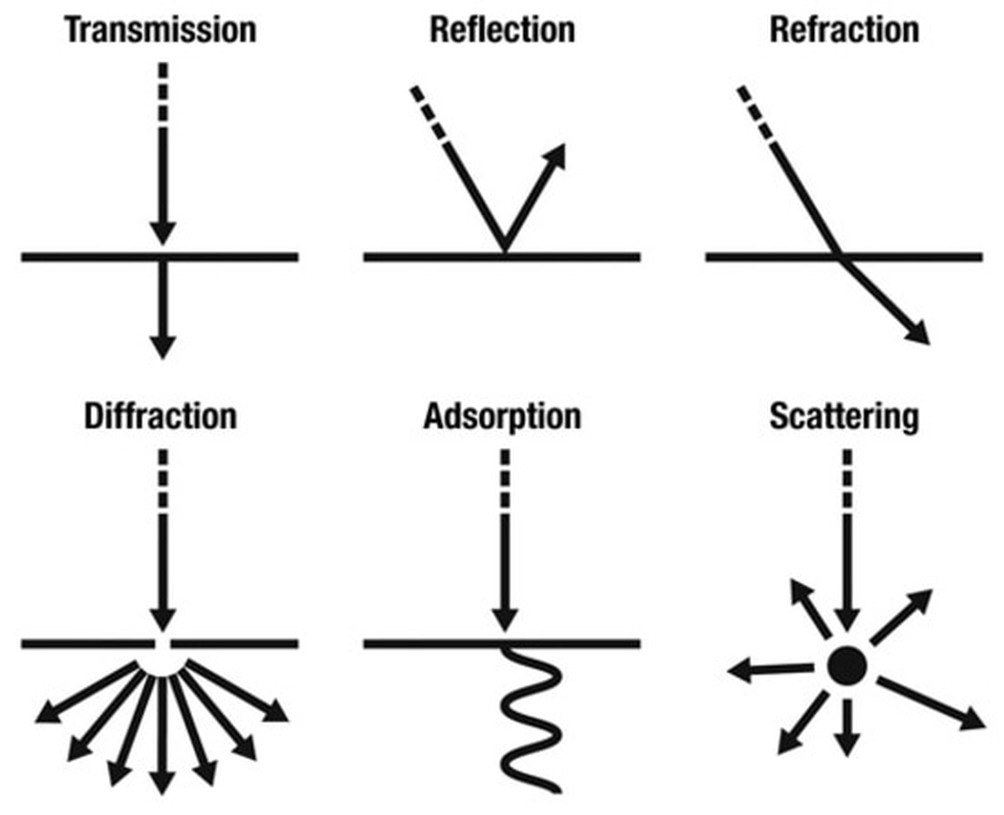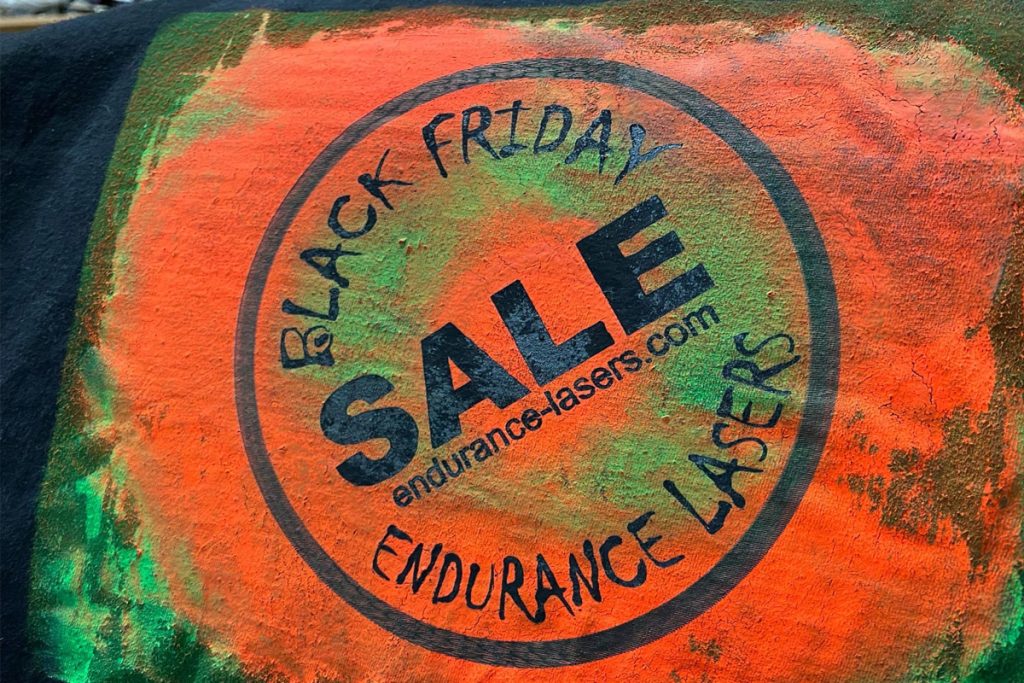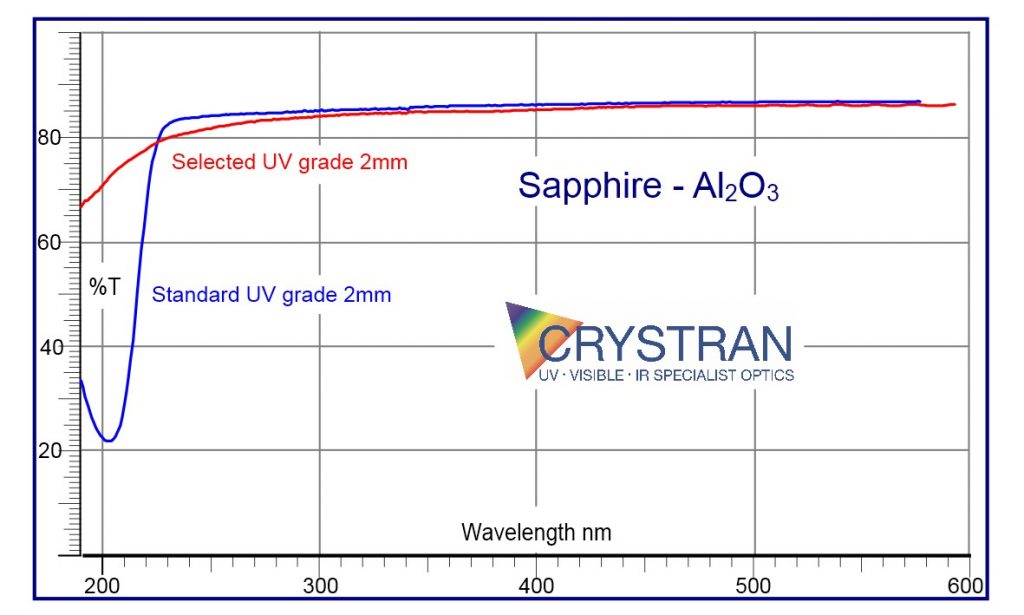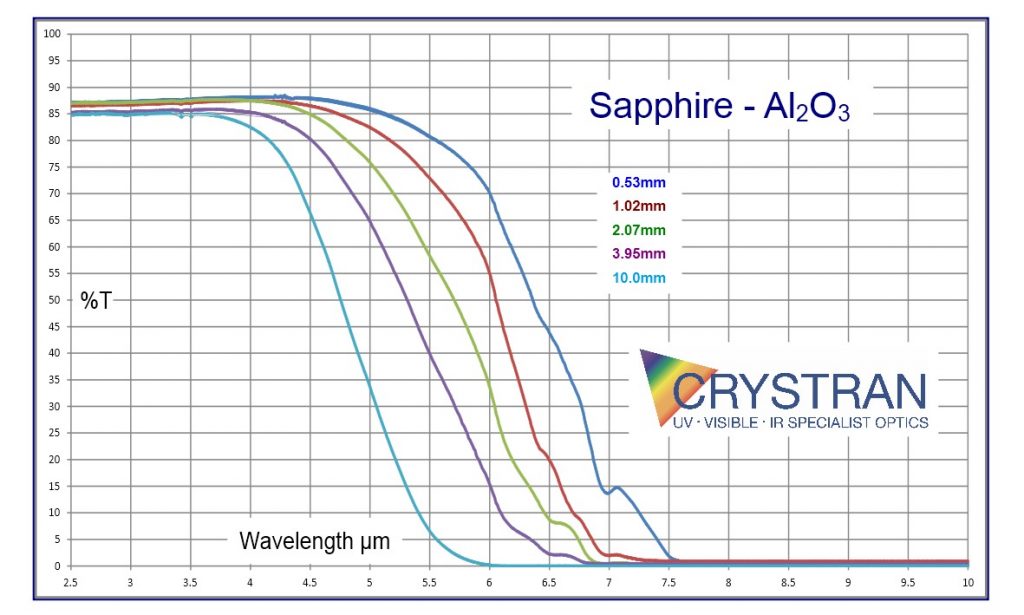There is a problem that some lasers do not cut or engrave on different materials, for example, metals, glass, plexiglass.
An explanation is very simple – different materials absorb and reflect different wavelengths, therefore, more power is absorbed – easy cutting or engraving will be. More power is being reflected – less power will achieve the surface.

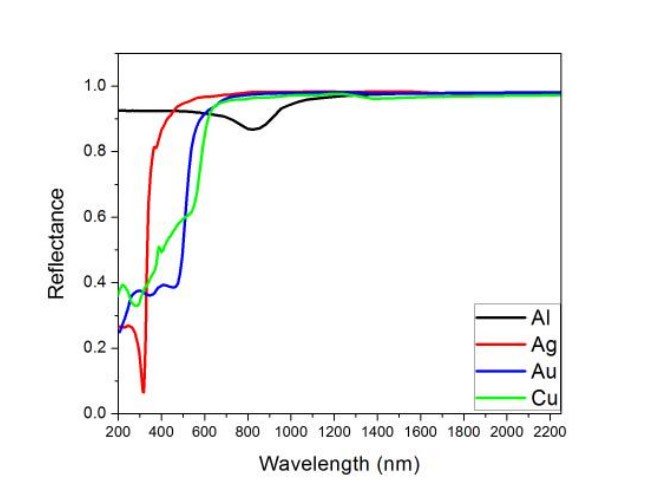
Under this plot you may see that Al, Ag, Au, Cu reflect almost all wavelengths after 1000 nm.

(c) www.researchgate.net
Based on Researchgate data you may see that aluminum absorbs wavelength shorter than 100 nm and almost does not of other wavelengths, has a small spike somewhere 850-900 nm.
For example, gold and silver are kind of sensitive to the wavelength 300-500 nm.
As you may see steel and pure iron are sensitive to wavelengths more than 1050 nm. which is why most fiber lasers for metal cutting use 1064 / 1080 nm wavelength.
This Data is For a Copper Standard Solution And Bears No Resemblance To Elemental Copper Metal
This Plot Shows Substantial Copper Absorption (About 43 %) at 450 nm
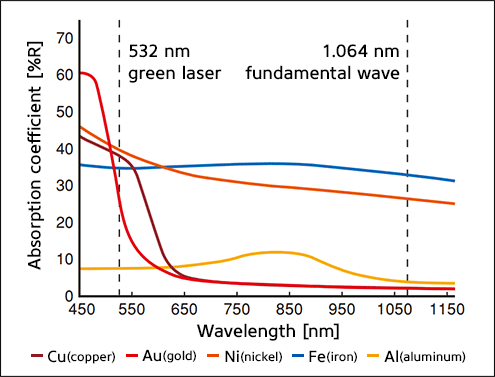
(c) www.keyence.com
According to Keyence’s research, you may see that all metals except aluminum have downslope after 450 nm.
Why it is impossible to engrave or cut with lasers of wavelength more than 300 nm
(c) www.chem.ucla.edu
As you can see on this chart almost all types of glass are transmitting all wavelength longer than 300 nm
Glass cutting is possible with the laser with a wavelength of more than 4.4uM (4400 nm)

(c) www.crystran.co.uk
The regular glass absorbs wavelength longer than 4000 nm (4 uM) which is far-infrared, that is why laser cutting of glass and acrylic can be don on Co2 lasers with a wavelength of 10.6 uM.
Acrylic transition coefficient
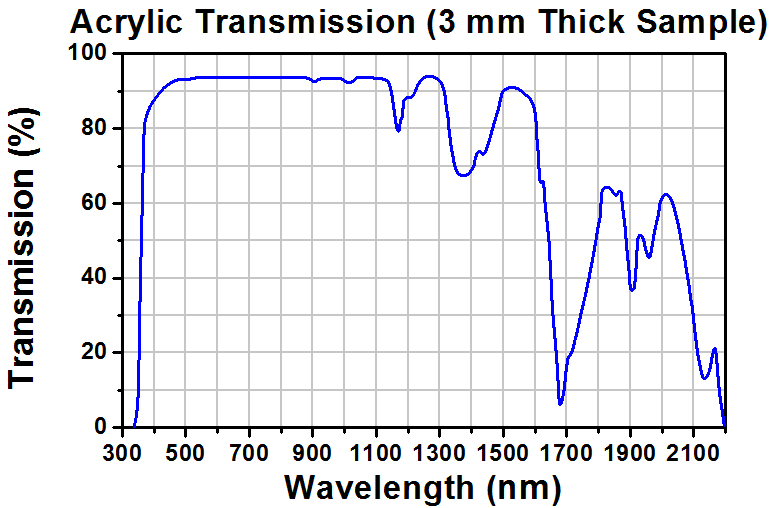
(c) thorlabs.de
Window glass transition coefficient
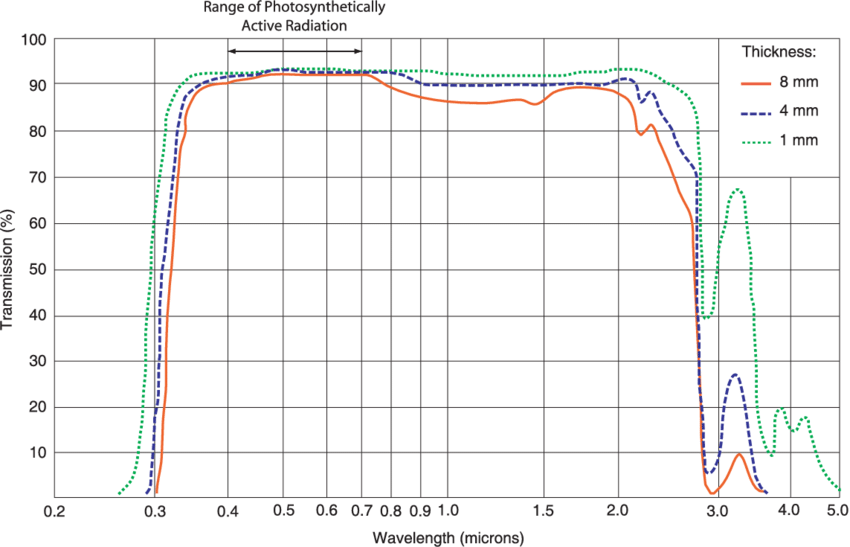
Different types of glass transmission rate
Reflection rate in percentage (%) from a polished surface.
Types of wavelength | The wavelength, А (10A=1 nm) | Aluminum | Copper | Steel (1% С) | Silver | Nikel | Chrome | Zink | Silicium |
Ultraviolet | 1880 | – | – | 22 | 76 | – | 33 | 17 | 64 |
| 2000 | – | – | 27 | 76 | – | 36 | 22 | 73 | |
| 2510 | 80 | 26 | 38 | 34 | 38 | – | 39 | 75 | |
| 3050 | – | 25 | 44 | 9 | 44 | 37 | 48 | 73 | |
| 3570 | 84 | 27 | 50 | 75 | 49 | 41 | 51 | 60 | |
Visible light | 5000 | 88 | 44 | 56 | 91 | 61 | 55 | 55 | 34 |
| 6000 | 89 | 72 | 57 | 93 | 65 | – | 58 | 32 | |
| 7000 | 87 | 83 | 58 | 95 | 69 | 56 | 61 | – | |
Infrared | 8000 | 85 | 89 | 61 | 97 | 70 | – | 62 | – |
| 10000 | 93 | 90 | 63 | 97 | 72 | 57 | 69 | – | |
| 50000 | 94 | 98 | 90 | 99 | 94 | 81 | 97 | – | |
| 100000 | 97 | 98 | 94 | 99 | – | 93 | – | – |

PVC absorption coefficient

Transmittance for: Polystyrene, cyclic olefin polymer, polycarbonate, PMMA, UV acrylic

PET plastics transmittance ratio

PLA plastics absorption coefficient

Wood reflectance and absorption coefficients
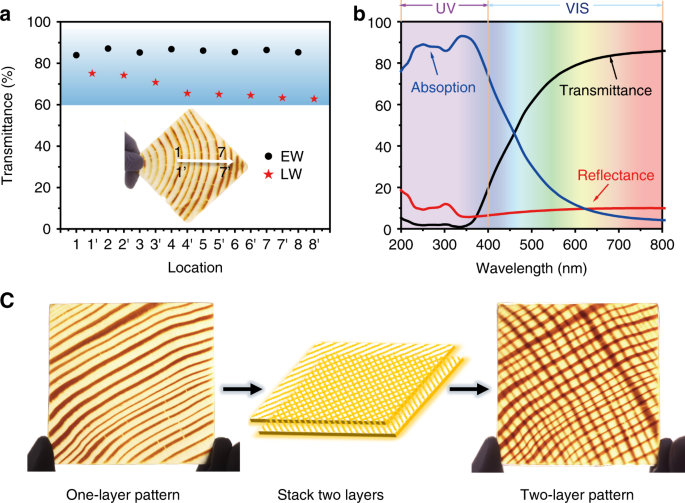
RADIATION CENTERS FOR PAINTING IN GLASSES

Induced absorption spectrum (1, solid line)
a nominally pure glass of composition Na2O * 3SiO2 and its decomposition into
constituent components – absorption bands of H3 centers
+ (2), H2+(3), H4+(4), E4- (5) and the Fe3 + antireflection band (6). Dots in the spectrum 1
the sum of contours 2 – 6 is presented.

Induced absorption spectrum (1, solid line) of glass
composition Na2O * 3SiO2 with Eu3 + additives
and its decomposition into components
components – absorption bands of H3 centers+ (2), H2+ (3), (Eu3 +)- (4 and 6),H4+ (5). The points in spectrum 1 represent the sum of contours 2 – 6.

Spectra of the initial (1) and induced by UV irradiation
absorption (2) glass Na2O * 3SiO2 with additives Tb3 +and its decomposition into
Gaussian components – absorption bands of E2 centers – (3), (Tb3 +)+(4), E4-
(5) and the clearing band of Tb3 + ions (6) caused by their
photorecharge.

Absorption spectra of glasses with 0.05 mol. % СеО2 and
iron content at the level of 0.005 mol. Fe2O3 (1) or at the level
trace impurities (2).
♦ Sapphire (Al2O3) Data Sheet ♦ Sapphire (Al2O3) SDS
Table of characteristic frequencies in infrared spectroscopy
Comparison of a different types of lasers and different wavelength
